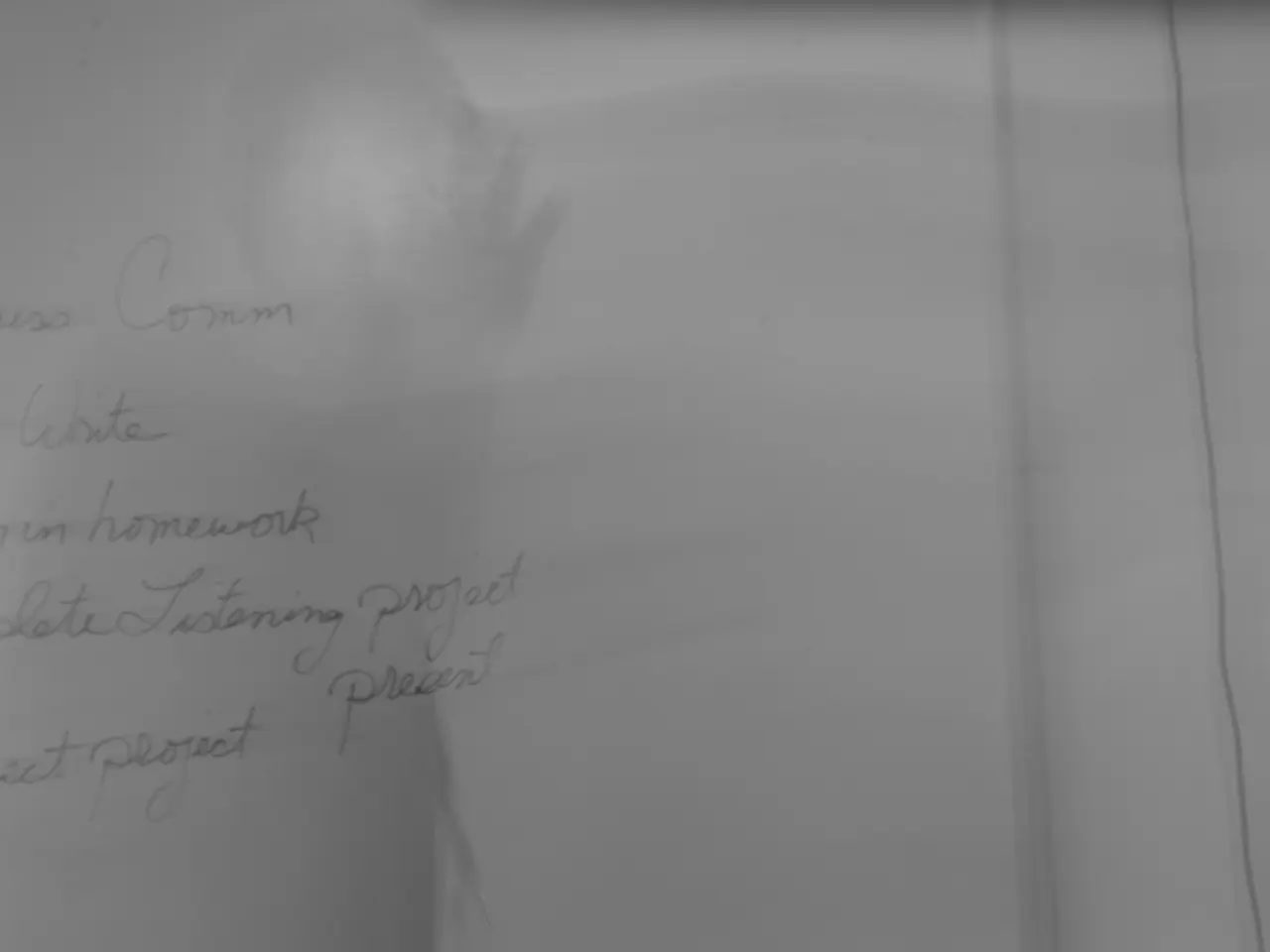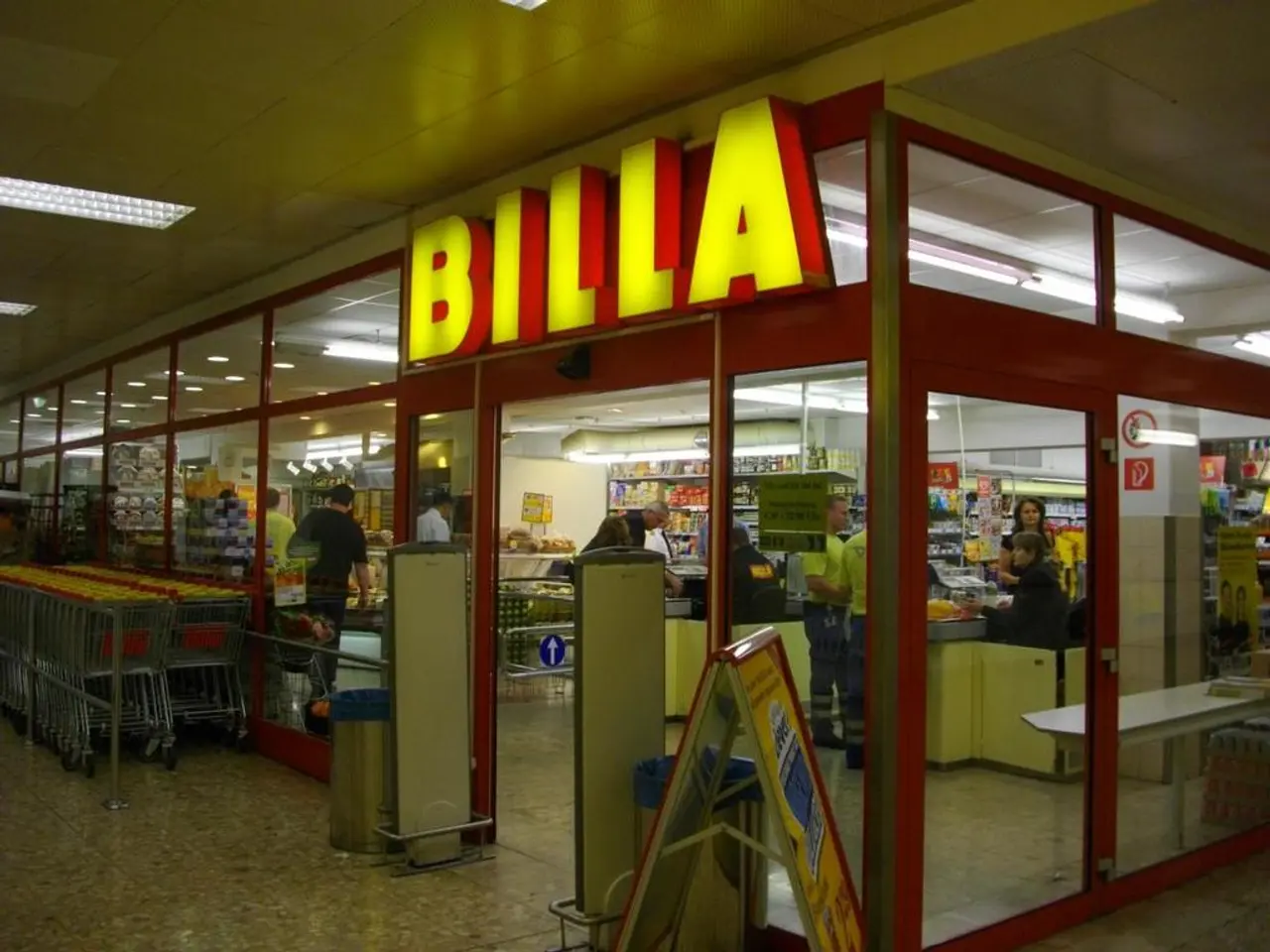Anticipate Rising Credit Card Losses: Take Steps for Preparedness Now
In the face of rising concerns about credit losses due to delinquent credit card debt, banks are gearing up for potential challenges. One such bank, Citi, has recently announced an increase in its loan loss reserves. This move signals a cautious and prudent outlook on the economy, reflecting concerns about potential credit losses despite overall resilience in lending.
The reserve build by Citi indicates that the bank anticipates some risk of credit deterioration due to persistent inflation and economic challenges affecting consumers in the coming months. In Q2 2025, Citi reported a modest net allowance for credit losses (ACL) build of about $224 million, driven by changes in its loan portfolio and cautious risk management amid uncertain economic conditions.
The reserve-to-loan ratio at Citi remains around 2.7%, indicating a deliberate but measured buffer against potential loan defaults. This reserve is partly associated with risks related to corporate portfolio changes, transfer risks in certain foreign markets, and concerns over consumer and corporate credit quality.
Persistent inflation combined with challenges faced by consumers, such as constrained disposable incomes and tighter credit conditions, increase the likelihood of credit events like missed payments or higher defaults. This economic environment encourages banks such as Citi to maintain or increase loan loss reserves as a proactive buffer against worsening credit quality.
Despite the increased reserves, Citi still expresses confidence in the overall health of its consumer credit quality and corporate loan book. The bank's continued growth in net interest income and positive earnings imply that it believes the economic strain is not severe enough to derail its overall loan portfolio quality or profitability imminently.
In summary, the increased loan loss reserves suggest that Citi is preparing for potential credit challenges ahead due to inflation and consumer difficulties. This action reflects a precautionary stance on economic risks, signaling that downside risks—such as higher defaults or slower loan repayments—are on the horizon. However, Citi’s continued growth indicates an economic outlook with heightened caution due to persistent inflation and consumer pressure, but not one expecting a broad credit crisis in the near term.
The research report "Riffing on Tariffs: Now is the Time to Build Your Small Business Card Portfolio" suggests a different strategy, focusing on building a small business card portfolio. This strategy may offer opportunities for those seeking to navigate the current economic climate, but it is important to note that every individual's financial situation is unique, and careful consideration should be given before making any financial decisions.
Given the ongoing economic challenges and potential credit risks, Citi is reinforcing its precautions by increasing its loan loss reserves, a move aimed at strengthening its personal-finance operations as well as its business sector. Meanwhile, the report "Riffing on Tariffs: Now is the Time to Build Your Small Business Card Portfolio" provides an alternate strategy for those willing to diversify, focusing on cultivating a small business credit portfolio, which could be a viable option for weathering the current business climate, provided each individual's unique personal-finance situation is properly evaluated before making any decisions.




